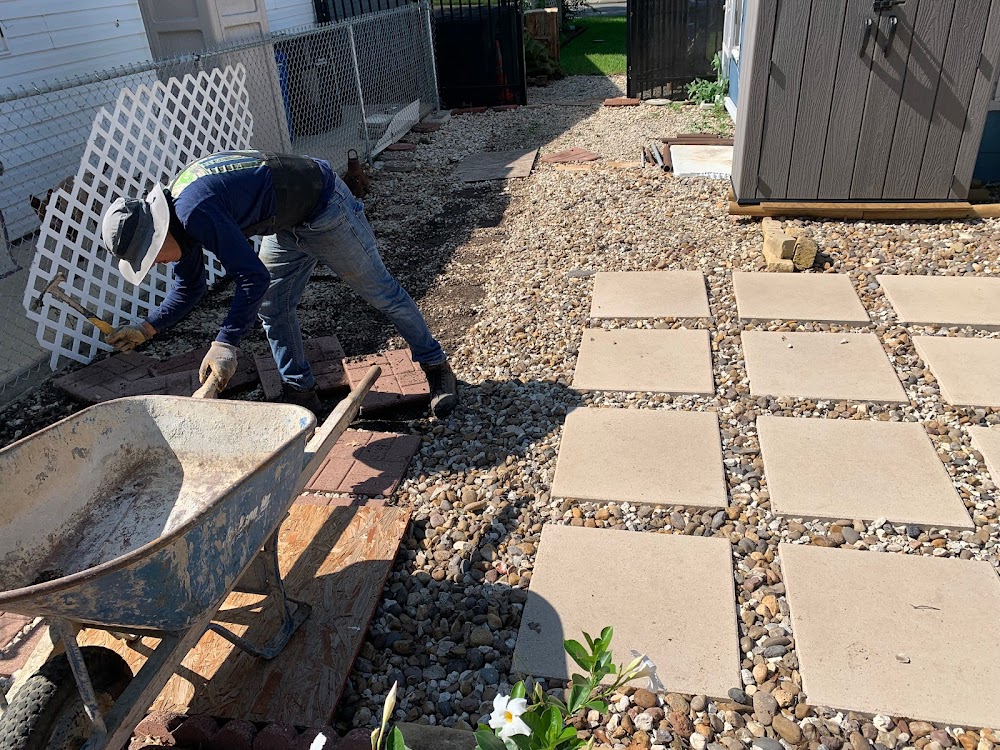
Weaving the Past into the Present: Contemporary Textile Artists Reimagine Ancient Techniques
Contemporary Crafts: Modern Interpretations of Traditional Techniques
In the realm of contemporary crafts, artists are reimagining ancient techniques, infusing them with modern sensibilities to create captivating works that bridge the past and present. Textile artists, in particular, are exploring innovative ways to weave the threads of tradition into the fabric of contemporary art.
One such artist is Maya Kramer, whose intricate tapestries draw inspiration from pre-Columbian textiles. Using traditional backstrap looms, she weaves vibrant threads into mesmerizing patterns that evoke the rich cultural heritage of her ancestors. By incorporating contemporary materials and motifs, Kramer creates a dialogue between the past and present, honoring the skills of her predecessors while pushing the boundaries of the craft.
Another artist, Emily Barletta, delves into the ancient art of embroidery. Her meticulously stitched works depict scenes of nature and everyday life, capturing the essence of her surroundings with a delicate and expressive touch. Barletta’s use of unconventional materials, such as recycled fabrics and found objects, adds a contemporary twist to this time-honored technique, transforming it into a vibrant and thought-provoking art form.
The revival of traditional weaving techniques extends beyond the Americas. In Japan, contemporary artists like Hiroko Takeda are redefining the art of shibori, a centuries-old dyeing technique. Takeda’s innovative approach involves manipulating fabrics with intricate folds and bindings, creating mesmerizing patterns that dance across the surface of her textiles. By combining traditional methods with modern design principles, she breathes new life into this ancient craft, showcasing its versatility and enduring beauty.
In the realm of ceramics, contemporary artists are also embracing traditional techniques to create works that are both timeless and contemporary. Akio Takamori, a Japanese ceramicist, draws inspiration from the ancient Bizen ware tradition. His unglazed vessels, fired in wood-burning kilns, exhibit a rich and earthy texture that evokes the passage of time. Takamori’s modern interpretations of this ancient technique result in pieces that are both functional and aesthetically captivating, blurring the lines between art and everyday objects.
The resurgence of traditional crafts in contemporary art is not merely a nostalgic endeavor. It is a testament to the enduring power of these techniques and the creativity of artists who are constantly pushing the boundaries of their craft. By reimagining ancient methods, contemporary artists not only preserve cultural heritage but also create innovative and thought-provoking works that resonate with audiences today. As these artists continue to weave the past into the present, they ensure that traditional techniques remain vibrant and relevant in the ever-evolving landscape of contemporary art.
Pottery with a Twist: Modern Ceramicists Push the Boundaries of Traditional Forms
Contemporary Crafts: Modern Interpretations of Traditional Techniques
In the realm of contemporary crafts, traditional techniques are undergoing a remarkable transformation, giving rise to innovative and captivating works of art. Among these, pottery has emerged as a vibrant canvas for modern ceramicists to push the boundaries of form and function.
Contemporary ceramicists are reimagining traditional pottery techniques, infusing them with fresh perspectives and unconventional materials. They experiment with unconventional glazes, incorporate found objects, and explore new firing methods to create unique and thought-provoking pieces.
One notable trend is the blurring of boundaries between functional and decorative pottery. Ceramicists are creating vessels that are both aesthetically pleasing and practical, challenging the traditional dichotomy between art and utility. They adorn their creations with intricate patterns, vibrant colors, and sculptural elements, transforming everyday objects into works of art.
Another significant aspect of contemporary pottery is the exploration of form. Ceramicists are experimenting with unconventional shapes, textures, and sizes, breaking away from the familiar silhouettes of traditional pottery. They create asymmetrical vessels, incorporate organic forms, and play with negative space to create visually striking and dynamic pieces.
Furthermore, contemporary ceramicists are embracing sustainability and environmental consciousness in their practice. They utilize eco-friendly materials, reduce waste, and explore alternative firing techniques that minimize their carbon footprint. By incorporating sustainable practices, they not only create beautiful objects but also contribute to a more responsible and environmentally conscious art world.
The result of these innovative approaches is a diverse and captivating body of work that challenges traditional notions of pottery. Contemporary ceramicists are pushing the boundaries of the medium, creating pieces that are both visually stunning and conceptually engaging. Their work invites viewers to reconsider the possibilities of pottery, blurring the lines between art, craft, and design.
As contemporary pottery continues to evolve, it promises to captivate and inspire audiences with its innovative interpretations of traditional techniques. Ceramicists are at the forefront of a creative revolution, transforming the medium into a vibrant and dynamic expression of contemporary art.
Metalworking Meets Modernity: Innovative Jewelry Designs Inspired by Historical Craftsmanship
Contemporary Crafts: Modern Interpretations of Traditional Techniques
In the realm of contemporary crafts, metalworking has emerged as a vibrant arena where traditional techniques meet modern innovation. Jewelry designers are drawing inspiration from historical craftsmanship, reimagining ancient methods to create captivating and unique pieces.
One such designer is Anya Taylor, whose work seamlessly blends traditional goldsmithing with contemporary aesthetics. Taylor’s intricate filigree designs, reminiscent of Victorian lace, are meticulously crafted using ancient wire-working techniques. However, she incorporates modern materials such as titanium and carbon fiber, giving her pieces a distinctly contemporary edge.
Another notable artist, Ethan Cohen, explores the possibilities of forging and casting. Inspired by medieval armor, Cohen creates bold and sculptural jewelry that pushes the boundaries of metalworking. His pieces feature intricate textures and patinas, achieved through innovative forging techniques and the use of unconventional materials like meteorite and Damascus steel.
The fusion of traditional and modern techniques is not limited to jewelry design. In the field of furniture making, designers like Tom Dixon are reimagining classic metalworking methods to create contemporary masterpieces. Dixon’s “Melt” chair, for instance, is a striking example of his innovative approach. Inspired by the ancient technique of lost-wax casting, Dixon uses molten aluminum to create a fluid and organic form that defies traditional notions of furniture design.
The resurgence of traditional metalworking techniques in contemporary crafts is not merely a nostalgic endeavor. It is a testament to the enduring power of craftsmanship and the boundless creativity that can arise from the intersection of tradition and innovation. These modern interpretations of historical techniques not only preserve the legacy of skilled artisans but also push the boundaries of what is possible in metalworking, creating captivating and thought-provoking works of art.
As contemporary crafts continue to evolve, it is likely that metalworking will remain a fertile ground for experimentation and innovation. By embracing traditional techniques while embracing modern materials and technologies, artists are forging a new path for metalworking, one that celebrates the past while boldly embracing the future.









